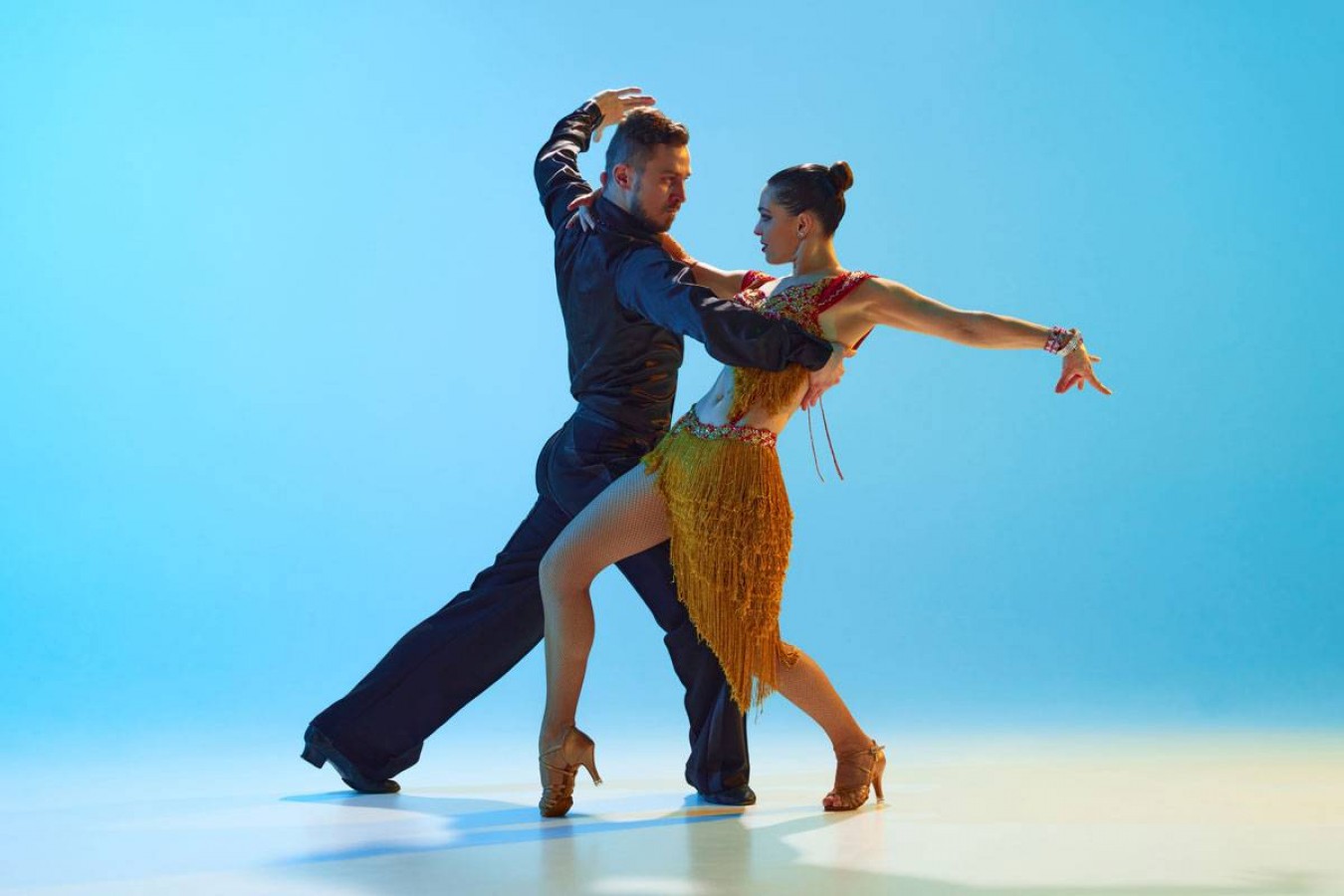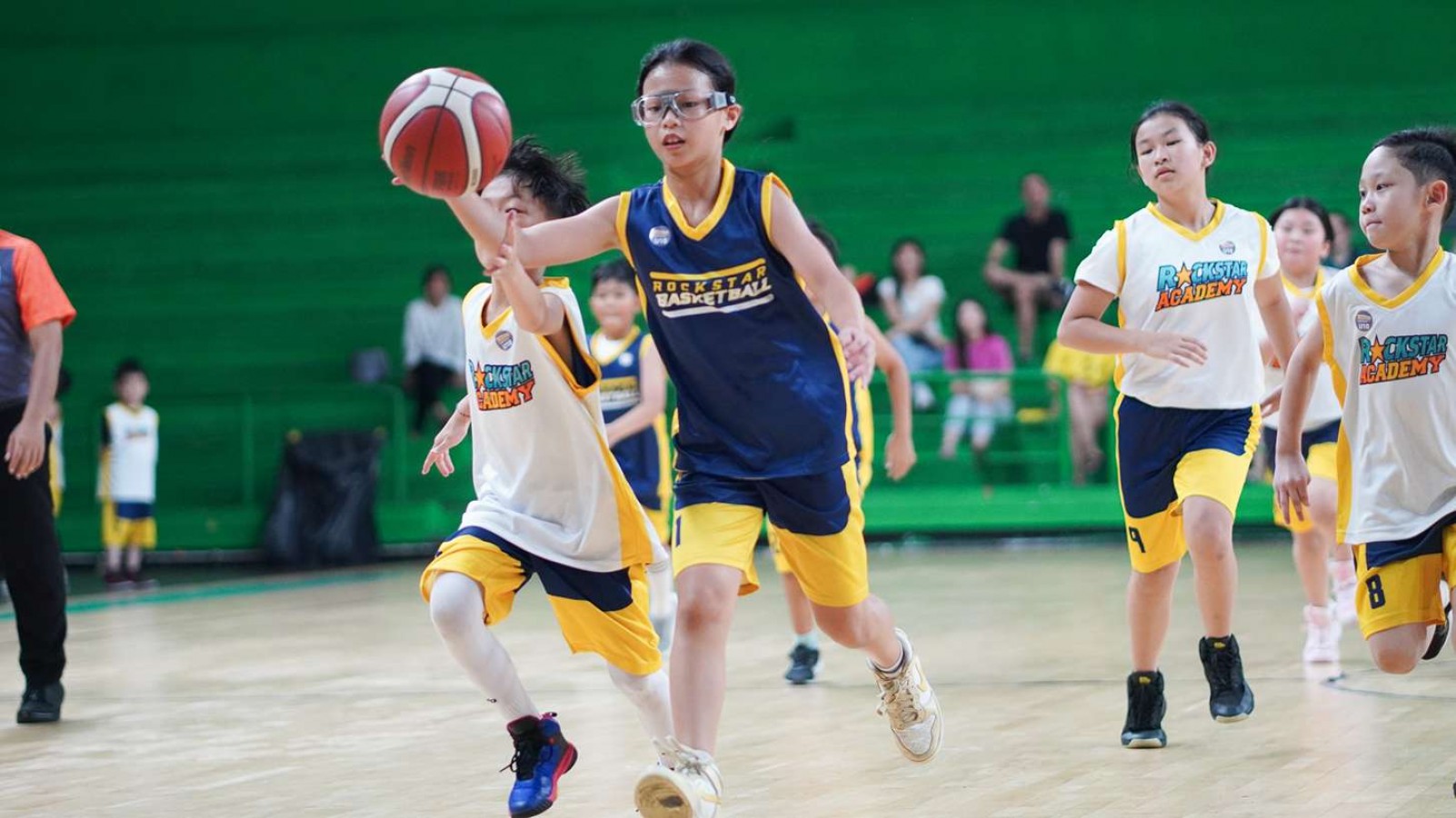Guide on How to Dance Salsa with Confidence

Salsa is a lively and energetic dance that has captured the hearts of people worldwide. Known for its fast-paced rhythm and vibrant movements, learning how to dance salsa can be a fun and rewarding experience.
Mastering the basic steps and understanding salsa dance music will give you the confidence to hit the dance floor with style. In this guide, we’ll walk you through the essential steps, salsa dance styles, and tips for dancing solo and with a partner, so you can move to the rhythm like a pro!
What is Salsa Dance?
Salsa is a Latin dance that originated in Cuba and became popular worldwide, especially in countries like the United States, Colombia, and Puerto Rico.
It combines elements of Afro-Cuban, jazz dance, and other Latin dance styles, creating a dynamic, syncopated rhythm that is easy to fall in love with.
Salsa is known for its lively movements, quick footwork, and smooth spins, making it a great way to express yourself while having fun on the dance floor.
How to Dance Salsa Solo
Dancing salsa solo is a great way to practice your moves and get comfortable with the rhythm, even if you don’t have a partner. The key to dancing salsa solo is mastering the basic steps and letting the music guide your movements. Here’s a simple breakdown of how you can dance salsa on your own:
1. Listen to the Music to Hear the Beat
The first step to dancing salsa solo is understanding the rhythm of the music. Salsa music typically has 4 beats per measure.
To get comfortable, listen carefully and try clapping along with the music while counting 1-8. Start with slower salsa songs to help you hear the beat more clearly.
2. Clap the Rhythm of the Steps
Once you've clapped along to the beat, it's time to sync your claps with the salsa steps. You will step on beats 1, 2, 3, pause on beat 4, then step again on beats 5, 6, 7, and pause on beat 8. Keep clapping to match your foot movements: clap-clap-clap-pause-clap-clap-clap-pause.
3. March to the Rhythm
Now, practice marching in place while following the rhythm. Step on beats 1, 2, and 3, then pause on beat 4. Repeat the sequence for beats 5-8. This helps you get your body used to the rhythm and timing before adding more complex movements.
4. Mark the Positions on the Floor
To help visualize the steps, mark four positions on the floor. Number 1 is where you start, and positions 2, 3, and 4 are placed around it (1 foot forward, 1 foot behind, and 1 foot behind 3). This gives you a reference for where to place your feet during the steps.
5. Start with Position 1
Begin your dance with both feet in position 1. This is your starting point, and all your movements will radiate from here. Being aware of your starting position helps you stay grounded.
6. Step Forward with Your Left Foot
On beat 1, step forward with your left foot to position 2. The idea is to alternate your feet with each beat. You’ll begin to feel the flow of the dance with this first move.
7. Rock Back and Move to Position 3
On beat 2, rock your body weight back on your right foot, then step your left foot back to position 3 on beat 3. As you move, shift your weight from front to back, using your hips for more fluid motion.
8. Balance and Repeat the Steps
On beats 7 and 8, balance your weight and prepare to repeat the sequence. This gives your body a chance to reset and get ready for the next 8 counts. As you become more confident, add music to your practice and focus on fluidity in the steps.
How to Dance Salsa with a Partner
Salsa was made to be enjoyed with a partner, so once you’re comfortable with the basic steps, grab a friend and give it a try together. Start by practicing the rhythm and movements you’ve learned solo, then sync up with your partner.
You can learn more through dance classes or online videos that show how to connect and move together smoothly. It’s all about having fun, feeling the music, and building chemistry as you dance!
Salsa Dance Music
Salsa music has a super catchy and lively vibe, and it all starts with the clave—two wooden sticks that set the beat. The clave keeps the off-beat rhythm that makes salsa so fun to dance to, and the rest of the band follows along.
You’ll often hear trumpets, drums, and a guitar-like instrument called the tres, giving salsa its cool mix of Latin roots with jazz and big band energy. It’s the kind of music that just makes you want to move your feet!
Salsa Dance Styles
Salsa dancing isn’t just one-size-fits-all. There are actually a few different styles, and each one has its own flavor and feel. Here are some of the most popular styles of salsa you’ll come across:
A. New York Style
This is where it all started! Born in New York City, this style is danced in a straight line, also known as "on2" timing.
What’s unique is that the follower plays a more active role, often initiating movements. It’s a smooth and elegant style which is great for beginners just getting the hang of how to dance salsa.
B. Los Angeles Style
LA style is also linear but danced "on1" timing, and here, the lead dancer takes charge. This style is flashy and dramatic, with lots of dips, tricks, and quick footwork. If you love a bit of showmanship, LA style might be your jam.
C. Circular Style
Unlike the linear styles, Cuban and Colombian salsa use a circular motion, where dancers move around each other. It’s more relaxed and often has a fun, social feel. If you’re into a more playful and spontaneous dance, circular salsa is worth trying.
Let's Dance!
Dancing salsa is all about embracing the rhythm and enjoying the music. With the right mindset and practice, learning how to dance salsa can boost your confidence and open the door to endless fun on the dance floor.
If you're looking to perfect your dance moves and immerse yourself in the world of dance, Rockstar Academy is the place for you!
Our dance classes, led by professional instructors, will have you learning everything from the basics to advanced techniques. Not only will you build your skills, but you’ll also get the chance to showcase your talent at our exciting Dance Recital, RockOlympics and Elite Championships.
Whether you're a beginner or looking to refine your style, our Sports & Performing Arts Academy provides the perfect environment to grow. Want to experience it all? Take advantage of our free trial class and start dancing today!
FAQ
How do you dance salsa step by step?
Start with the basic salsa steps: step forward with your left foot, step back with your right foot, then step in place. Repeat on the other side, stepping back with your left foot and forward with your right foot. Continue to follow the rhythm of the music, moving to 8 beats.
Is salsa difficult to learn?
Salsa can be challenging for beginners, but with practice, it becomes easier. Focus on mastering the basic steps first, and then gradually work on your rhythm and coordination.



